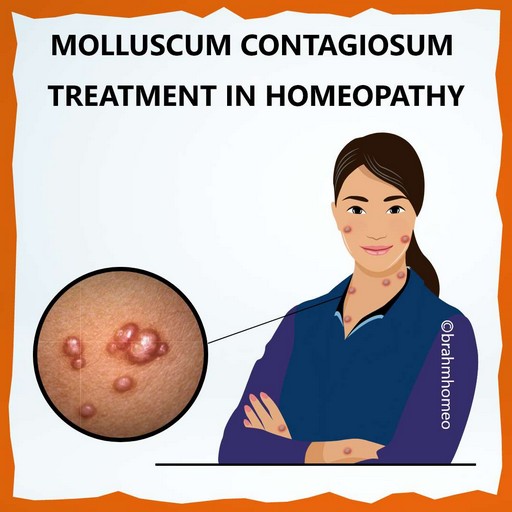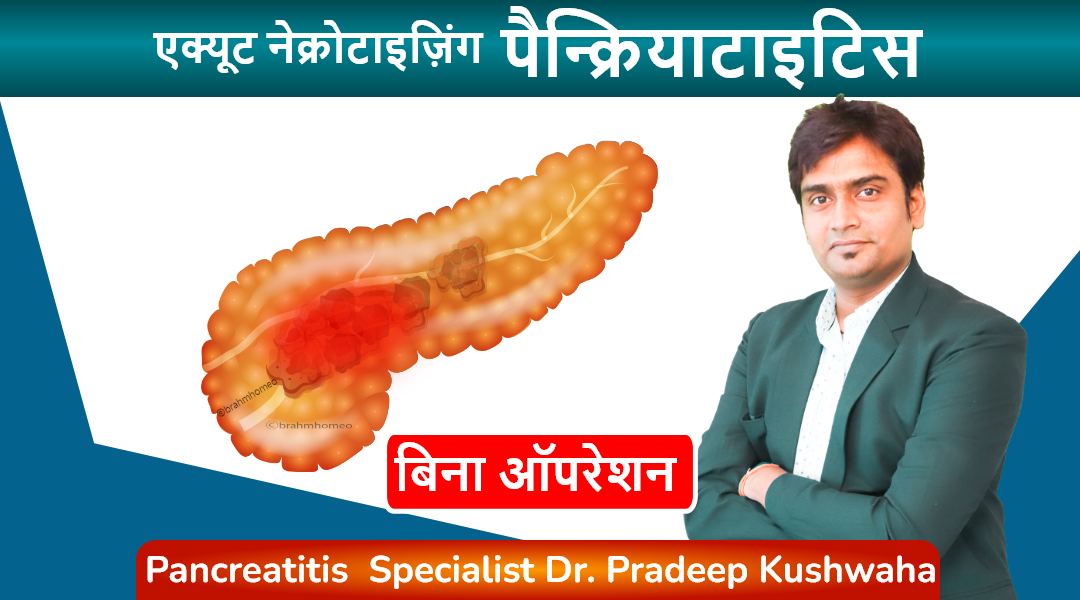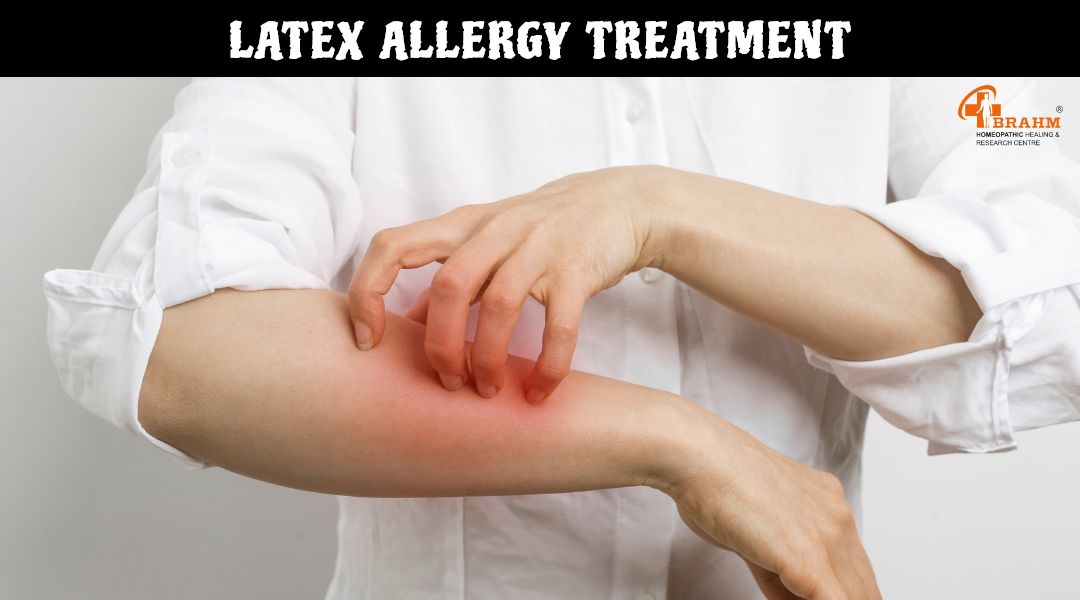
Molluscum Contagiosum treatment in homeopathy
Molluscum contagiosum is a mild skin disease caused by a virus (molluscum contagiosum virus, a member of the Poxviridae family) that causes painless small bumps (flesh-colored, dome-shaped papules; some may be umbilicated, meaning the lesion has a central depression with a spot in the middle that resembles a navel) on the skin. The disease occurs worldwide but is more prevalent in warm, humid climates. It is a common infection in children; direct person-to-person contact, sexual contact, and contaminated items like clothing, towels, or other objects may transmit the infection.
The virus can infect all other parts of the body by autoinoculation (self-transfer of the virus to another area of the skin).
Causes of molluscum contagiosum
The cause is a virus, molluscum contagiosum virus, a member of the poxvirus family. The virus only survives in the skin, and when the lesions are gone, the person no longer is contagious.
molluscum contagiosum signs and symptoms
- The first signs and symptoms of molluscum contagiosum are small painless papules (raised bumps or lumps) on the skin (molluscum lesions).
- It often appears as a raised, pearly pinkish nodule or redness on the skin; some nodules contain a dimple in the center.
- Most molluscum lesions are small, about 2-5 mm in diameter. Inside the nodule, sometimes there is a cheesy whitish core. The lesions may become itchy, sore, and reddened if scratched.
- The lesions can appear anywhere on the body (face, mouth, genital area, penis, or vagina, for example).
 Diagnosis
Diagnosis
Any well qualified doctor can diagnose molluscum contagiosum just by looking at it.
Prognosis
It is curable with homeopathic treatment. Since how long you are suffering from disease, has to do a lot with treatment plan. No matter, since when are you suffering from your disease either from recent time or since many years -everything is curable with us but in early stage of disease, you will be cured faster. For chronic conditions or in later stage or in case of many years of suffering, it will take longer time to be cured. Intelligent person always start treatment as early as he /she observe any sign and symptom of this disease, so immediately contact us as soon as you observe any abnormality in you.
How we work on this disease
Brahm’s research based, clinically proved, scientific treatment module is very effective in curing this disease. We have a team of well qualified doctors who observe and analysis your case systematically, record all the signs and symptoms along with progress of disease, understand its stages of progression, prognosis and its complications. After that they clear you about your disease in details, provide you proper diet chart [what to eat or what not to eat], exercise plan, life style plan and guide you about many more factors that can improve your general health condition with systematic management of your disease with homeopathic medicines till it get cured.


















